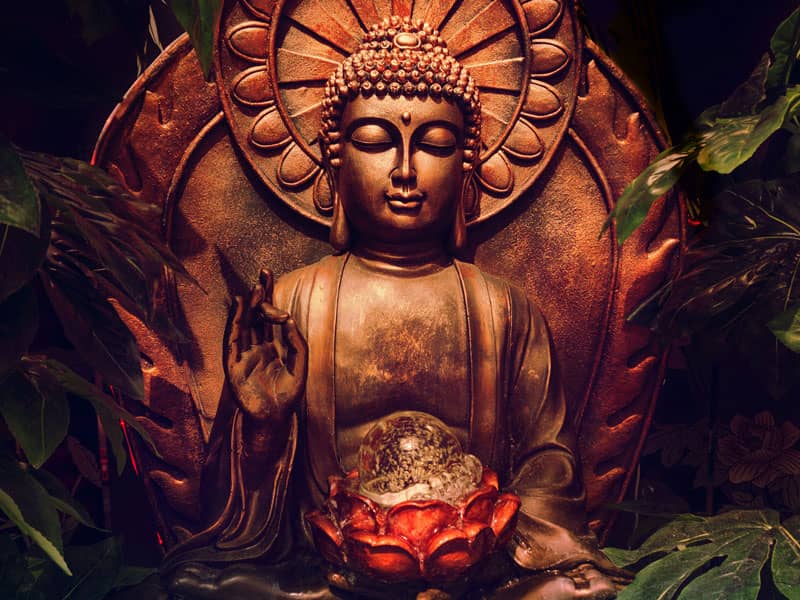Other statues throughout the country were being demolished with rockets, tanks and explosives, ridding the nation of reminders of its pre-Islamic past.
A resident of central Bamiyan said Taliban soldiers began attacking the relics at least three days earlier. The area is where the two ancient statues of Buddha were hewn from a cliff face in the third and fifth centuries.
``I could see the Taliban soldiers firing anti-aircraft weapons at the two statues. That was three days ago,'' said Safdar Ali, who arrived Sunday in the Afghan capital of Kabul from Bamiyan, about 80 miles away.
``The soldiers wouldn't let us get too close so I couldn't see how much was damaged. We just left the area,'' he said.
The Taliban have ignored pleas from an outraged world to stop the destruction of the ancient statues, even snubbing an offer from the Metropolitan Museum of Art in New York to take the works and preserve them.
``We are not against culture, but we don't believe in these things. They are against Islam,'' the Taliban's Foreign Minister Wakil Ahmed Muttawakil told The Associated Press in a telephone interview from southern Kandahar - the headquarters of the Taliban.
Muttawakil was to meet later Sunday with Pierre Lafrance, a special UNESCO envoy sent from Paris to try to negotiate with the Taliban and register the world's outrage at the destruction.
``I will explain our point of view and our internal situation,'' Muttawakil said.
On Saturday, Quatradullah Jamal, the Taliban's Information and Culture Minister, told the AP that troops had destroyed two-thirds of all the statues in Afghanistan as well as large parts of the two giant statues of Buddha. Muttawakil confirmed that.
By Monday - exactly one week after the Taliban's reclusive leader, Mullah Mohammed Omar, ordered all statues destroyed - the task will be complete, Jamal said.
The Taliban religious militia, which rules 95 percent of Afghanistan, including Kabul, adheres to a strict brand of Islamic law. Their interpretation has been questioned by Islamic scholars in other Muslim countries and Islamic institutions.
The two Buddhas, 175 and 120 feet tall, were damaged in fighting and defaced by Russian soldiers who carved their names in the statues following the Soviet invasion of Afghanistan, which began in 1979, witnesses said.
One of the statues is thought to be the world's tallest of a Buddha standing rather than sitting.
The destruction of statues began after Omar ruled that they were idolatrous and against the tenets of Islam. Others argue that Islam does not ban images, only the worship of them.
Muttawakil rejected offers from several countries and the New York museum to take the statues.
``Why should we give them to anyone? They are against our beliefs. We have museums here and we will keep our cultural and historical artifacts there,'' he said.
The Taliban have been unmoved by international appeals to save the statues - even those from fellow Muslim nations, including their closest ally, Pakistan.
Expressions of shock and dismay tumbled in over the weekend, from China, Japan and Greece to the U.N. Educational, Scientific, and Cultural Organization and the environment ministers from the world's seven most industrialized countries plus Russia meeting in Trieste, Italy.

